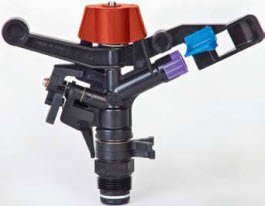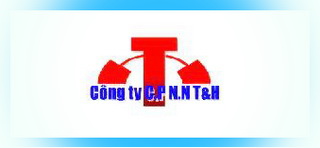Economic - Markets
Determination is Key to South Dakota Dairy’s Rich History
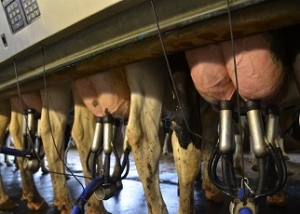
On any given day, brothers and co-owners Greg and Jim Moes, along with Greg’s son, Jacob, the farm’s herd manager, can be found working alongside their 40-plus employees on the operation. Whether it’s tending to the 4,000 acres of cropland or caring for the nearly 6,000 combined head of Holsteins and beef-on-dairy cattle, the Moeses aren’t afraid to get their hands dirty. In fact, it’s the springboard for their passion to dairy.
“Farming runs all the way up our family tree,” Greg says. “My great-grandparents moved here from Germany and purchased their first parcel of land back in 1894. This farm has been in the family ever since.”
The Road Back
Not long after graduating high school, the brothers made their way back to the farm with hopes of adding to its legacy.
While several of their friends moved away and pursued college, the duo say they attended the school of hard knocks.
“Neither one of us went to college,” Jim says. “We learned from experience instead.”
Complementing each other well, Jim discovered his area of expertise resided in the fields while Greg’s was with the cows. However, the pair knew learning on their own would only get them so far. They needed to take every opportunity to acquire new skills learned from others.
Whether it was a friend, neighbor or mentor, the Moes brothers knew asking questions would only propel themselves forward. And whenever a free moment presented itself, the two would stick their noses in the most recent issue of any farm magazine that was on the kitchen counter.
“My advice to any farmer is to read, read, read,” Greg says. “So much can be learned just from picking up a magazine. Whether it was articles about cover crops, cows or managing finances, we were always reading, and we still do.”
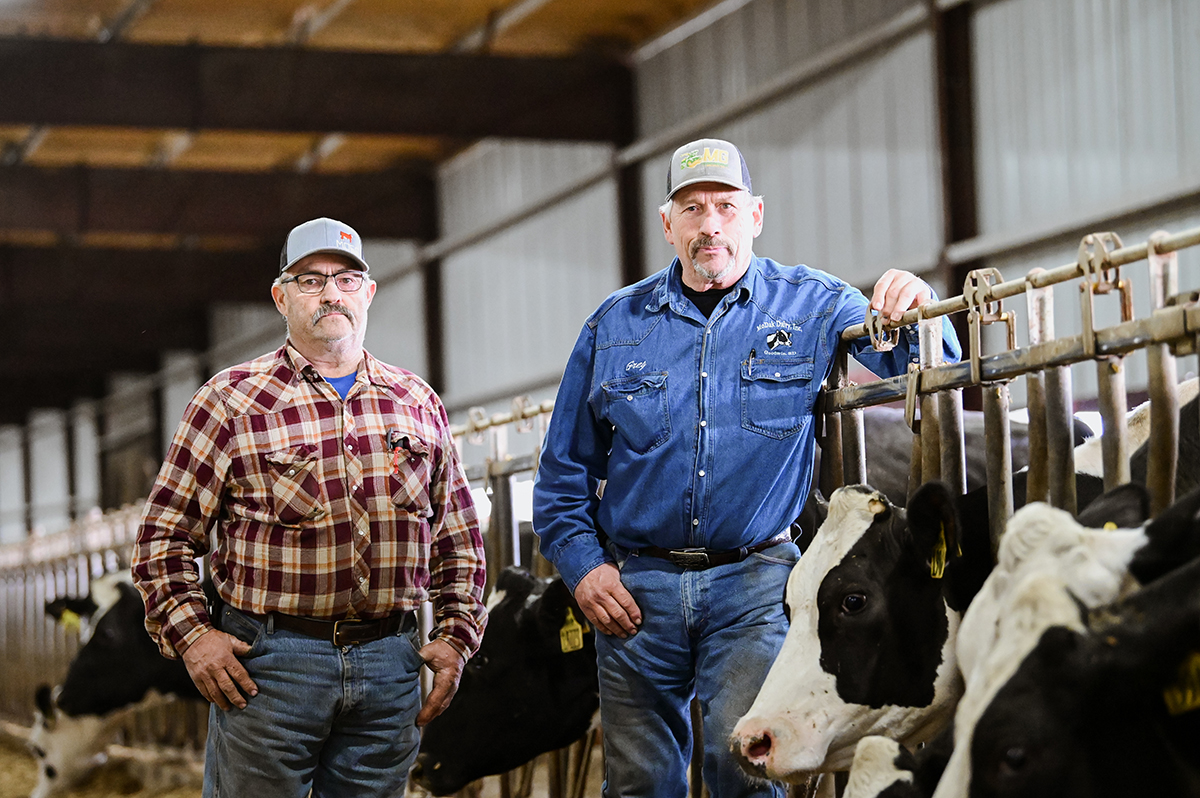
Growth That Almost Didn’t Happen
What started as 30 cows and a tiestall barn quickly grew to 300 head and a parlor. During the late-2000s, however, the Moeses had a big decision to make when it came to the future of their farm. This succession planning journey tested their perseverance.
“In 2007, my brother and I had reached a turning point in terms of what was next,” Greg says. “We didn’t know if it was time to get out of dairying or move on to the next step. I had a son, and Jim had a daughter, so we visited with them about what they wanted their future to look like. They expressed they wanted to come back to the farm, so in 2008 the decision was made to expand.”
Going from 300 cows to 2,000 cows was a monumental leap for the Moes family, but it was a decision they knew was right.
“We knew we needed to invest back into our farm — that’s a motto we’ve always lived by,” Greg says. “But milk prices came crashing down in 2009, and that was a big challenge we had to face. I was worried if we were even going to have a barn full of cows to milk at the end of the day.”
During a time when dairies across the country were throwing in the towel, the Moeses gritted their teeth and pushed on, knowing that to keep the farm around for the next generation, they would have to step up to the plate.
“Dealing with challenges is just part of the job; I don’t know a farmer who hasn’t wanted to pull their hair out at times,” Jim says. “In a way, it’s maddening because it’s always a different problem, and you don’t always know how to fix it. But that forces you to take a step back and look at what you’re presented with, then figure out who you need to get involved to help you solve it.”
With the farm on the line and the bank saying no to more loans, the Moes family turned toward their vendors for guidance.
“We were fortunate enough to have some of them provide us with operating notes to help get us by, but they also gave us advice on what we could do to survive,” Greg says. “It was a scary time, but with their collaboration, they helped put us in the driver’s seat. We brought our cost of production down and started growing more of our own feed, and ultimately, we made it through.”
They Saw the Potential
After completing the herd’s expansion, the Moeses knew they should diversify to mitigate risk in case milk prices crashed down again. With the farm already using sexed semen, the Moeses became early adopters of genomic testing technology and began selecting animals based off of their genetic potential to build a more efficient herd.
But just like any dairy, the farm had more than enough replacement heifers to fill the pipeline. That’s when the family decided to start incorporating beef genetics.
“We saw we were creating a problem by producing more heifers than we needed,” Greg explains. “It would have been easier to ship them somewhere else, but that wasn’t going to fix the issue. We sat down together to discuss a solution and said, ‘What if we tried beef?’ And it just took off after that.”
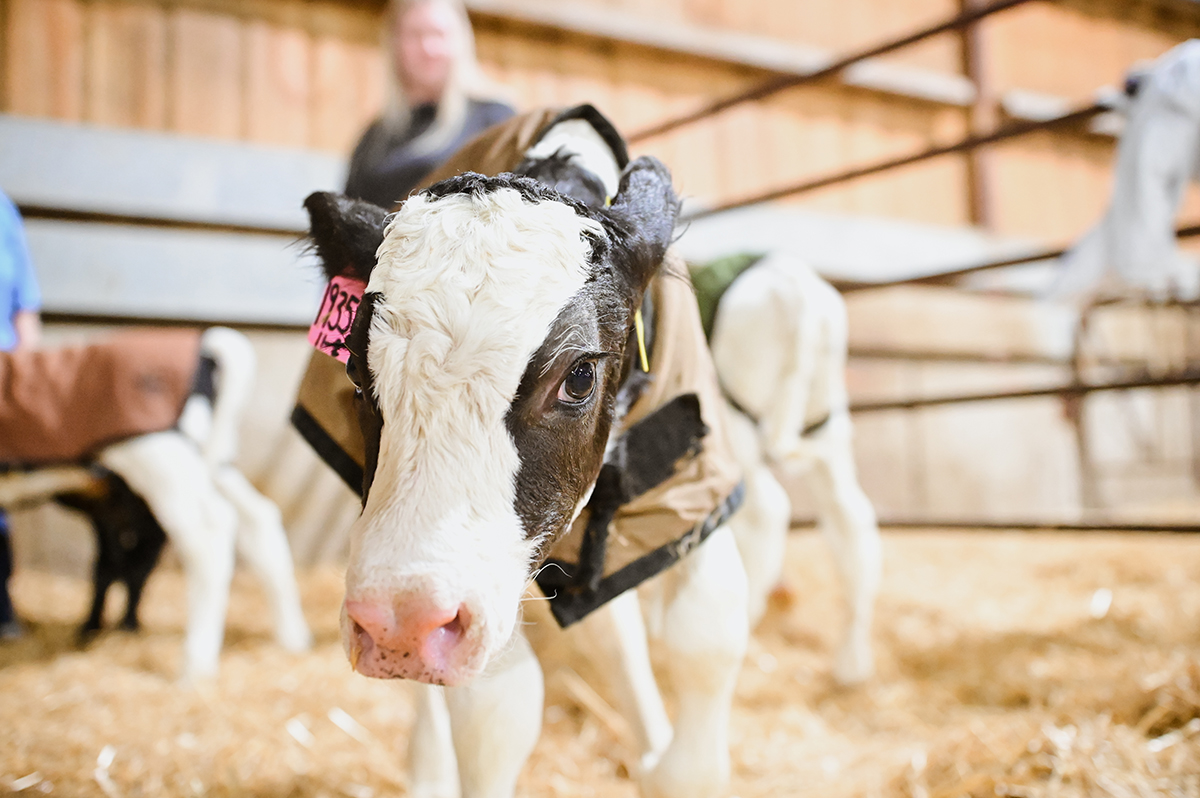
Expanding into Akaushi
Back in 2009, when milk prices were still at an all-time low, the Moes family began breeding the lower end of their milking herd to beef. Limousine semen was used in the beginning but as of recently, the family has discovered and expanded a niche for a dairy-on-Akaushi cross.
Known as the Emperor’s breed of Japan, the Akaushi breed is known worldwide for their distinct marbling that gives Akaushi beef a melt-in-your-mouth texture and a rich and buttery flavor.
“We call it American Wagyu,” Greg explains. “It’s still relatively new in the U.S., but we are creating a market by taking our cross-breeding program and breeding dairy cattle to Akaushi. And the consumer demand seems to be there.”
Similar to 2009, the Moes family had reached a turning-point and knew they needed to reinvest in the farm.
With the beef-on-dairy area of their operation expanding and the cost of having others custom raise their replacement animals going up, the Moeses saw another opportunity to capitalize on: a new heifer facility.
“Having the heifers raised elsewhere was a big expense,” Jacob adds. “We knew that we could make a better profit if we raised the calves and crossbreds all the way out, but we didn’t have the facilities to do it right. So, in 2021, we built a new age, new concept calf barn with group housing, ventilation and a rail system for feeding calves on milk.”
The Moeses again leaned on their consultants and input from their employees to help them design the barn of their dreams, and it’s made a huge difference.
“There’s only one-and-a-half employees running that barn and managing 2,200 calves and heifers,” Jacob says. “I never would’ve thought that few of people could manage that many animals.”
People Power
For most, the word family is used to describe a person who is directly related to you. At MoDak Dairy, however, the definition stretches wider than that.
“I like to say that we have 40-some family members working here on the farm,” Greg says. “Each one of our employees is like family to us. We have people who have been with us for 35 years. We don’t just have employees; we have husbands, wives, kids, daughters, uncles and aunts all working here on this operation, and they’re the main driver behind our success.”
As the family has grown their business, they strive for continuous improvement and look for ways to make the most of their resources. An example of this is when the family made the decision to dive further into the beef-on-dairy sector. Instead of trying to navigate an unfamiliar market on their own, the Moeses enlisted the help of their lender, Farm Credit Services of America, to help them make sound business decisions.
“We communicate with them regularly so they can help us map out a plan,” Greg adds. “The beef market can be a different ballgame, so having another set of eyes on the business allows us to address challenges that we might not have seen and identify new opportunities to jump on.”
In addition, consulting companies also provide training and coaching for team members throughout the year to help build longevity within the operation.
“Many years ago, we brought in a consultant who has helped coach us through the transition process,” Greg says. “We met with him each year, and we’ve followed all the steps. It’s made a big difference with bringing Jacob on board. Having someone who you can bounce questions off of and lean on for advice is a tremendous asset.”
Making sure the farm has the right people on their team is another essential factor to MoDak’s success.
“We spend a lot of time making sure we have the right people in the right place,” Jacob says. “If somebody is going to be with us for a long time, we have to make sure that we’re putting them in the right spot for them to grow and, more importantly, for them to enjoy the job.”
The same can be said for MoDak’s team of trusted advisers and consultants.
“We put a lot of trust into these guys; they’re there to help us make the big decisions for the future of our farm,” Greg adds. “They’re a valuable piece of the equation. Having the right team members surrounding you just works better for everyone.”

Passing the Torch
For the past 130 years, the Moeses’ love for family and farming has been a key driver on their road to success. Representing the fourth generation on the farm, Greg and Jim pride themselves to have followed in their ancestors’ footsteps. And the fifth generation, represented by Jacob and other family members, continues to keep that tradition alive.
“I entered into farming to keep our dairy in the family and to pass it to future generations,” Greg says. “My goals today are the same: to see the future of MoDak Dairy as a multigenerational opportunity for future generations and for the future of families that work with us.”






